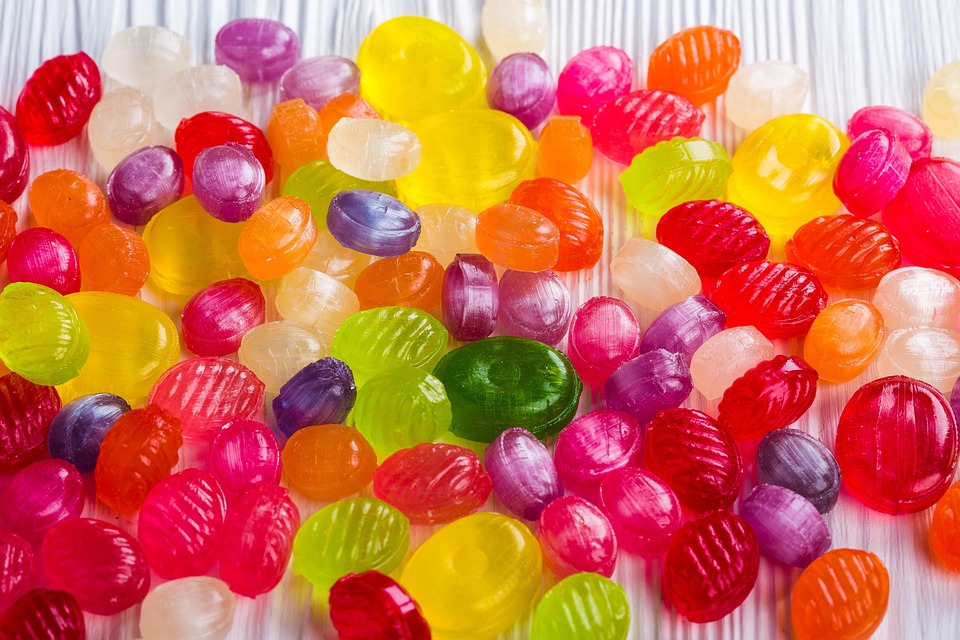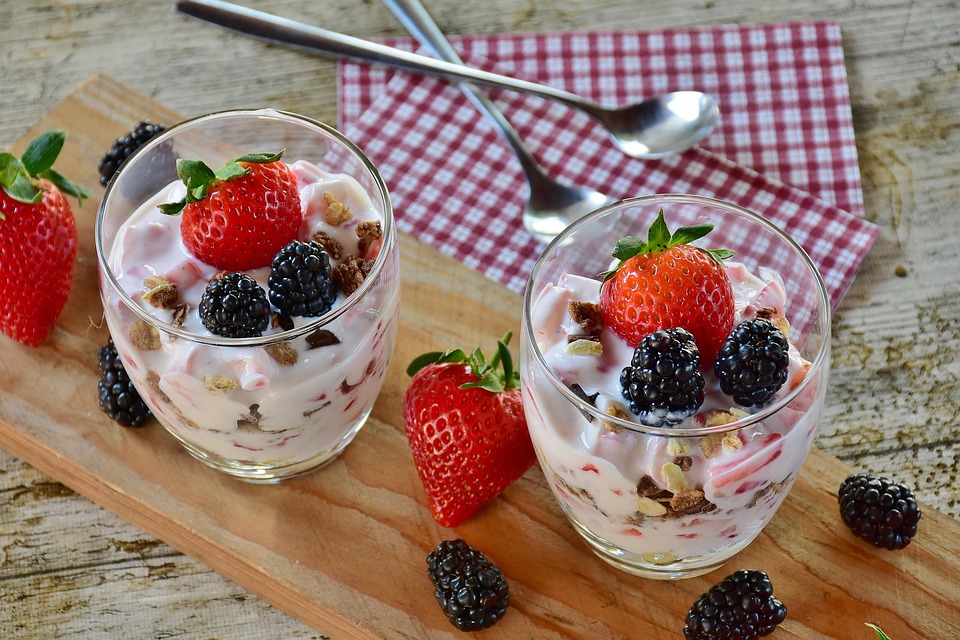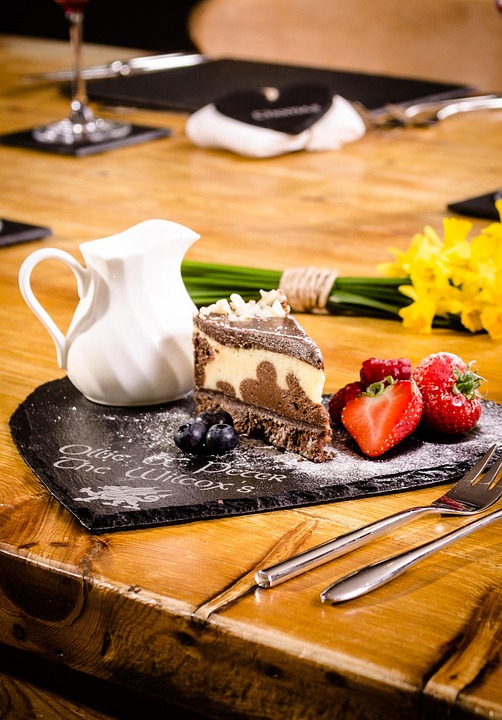Exploring the Sweet World of Filipino Desserts: A Culinary Journey

[ad_1]
Exploring the Sweet World of Filipino Desserts: A Culinary Journey
Filipino cuisine is a vibrant tapestry of flavors, colors, and textures, and one of its most delightful aspects is its array of desserts. From the rich and creamy to the light and refreshing, Filipino desserts offer a unique culinary experience that reflects the country’s diverse cultural influences. Join us on a journey through the sweet world of Filipino desserts, where each bite tells a story of tradition, innovation, and love.
The Classics: Leche Flan and Bibingka
No exploration of Filipino desserts would be complete without mentioning **Leche Flan**. This decadent caramel custard is a staple at every celebration, from birthdays to holidays. Made from condensed milk, egg yolks, and sugar, its smooth texture and sweet flavor make it a favorite among locals and visitors alike. Often served chilled, Leche Flan is a perfect balance of richness and sweetness.
Another classic is **Bibingka**, a rice cake traditionally enjoyed during the Christmas season. Made from rice flour, coconut milk, and sugar, Bibingka is typically baked in clay pots lined with banana leaves, giving it a distinct aroma and flavor. Topped with butter, grated coconut, and sometimes cheese, this dessert offers a warm and comforting taste of Filipino heritage.
Fruits and Refreshing Treats: Halo-Halo and Sago’t Gulaman
When it comes to refreshing desserts, **Halo-Halo** reigns supreme. This iconic Filipino treat is a colorful mix of shaved ice, sweetened fruits, jellies, and beans, all topped with evaporated milk and a scoop of ice cream. The name “Halo-Halo” means “mix-mix” in Tagalog, and indeed, the joy of this dessert lies in its vibrant layers and the satisfying experience of mixing everything together. Perfect for the hot tropical weather, Halo-Halo is as much a feast for the eyes as it is for the palate.
Another popular refreshing dessert is **Sago’t Gulaman**, a sweet beverage made from tapioca pearls (sago) and agar-agar (gulaman) served in a sweet syrup of brown sugar and water. This simple yet delightful treat is often enjoyed cold and is a common sight at local markets and street stalls. Its chewy texture combined with the sweetness of the syrup makes it a beloved choice for many Filipinos.
Innovative Delights: Ube and Turon
The vibrant purple hue of **Ube** (purple yam) has taken the dessert world by storm, and it’s no surprise why. From Ube Halaya (a sweet purple yam spread) to Ube Cake and Ube Ice Cream, this ingredient has become a symbol of Filipino desserts. The nutty, sweet flavor of Ube adds a unique twist to traditional treats and continues to inspire innovative culinary creations.
**Turon**, or banana lumpia, is another dessert that showcases the ingenuity of Filipino cuisine. Made by wrapping slices of ripe bananas and sometimes a slice of jackfruit in spring roll wrappers, Turon is fried to golden perfection and coated in caramelized sugar. This crunchy, sweet snack is perfect for on-the-go indulgence and has gained popularity beyond the Philippines.
Conclusion: A Sweet Legacy
The world of Filipino desserts is a sweet legacy that reflects the rich culture and history of the Philippines. Each dessert carries with it not just flavors but also stories of family gatherings, celebrations, and everyday life. Whether you’re indulging in a classic Leche Flan or savoring the refreshing notes of Halo-Halo, you are partaking in a culinary journey that connects generations.
As you explore the sweet world of Filipino desserts, you’ll discover that each bite is a celebration of the country’s diversity, creativity, and warmth. So, whether you’re in the Philippines or trying these treats at home, embrace the sweetness and let your taste buds experience the joy of Filipino cuisine.
[ad_2]



